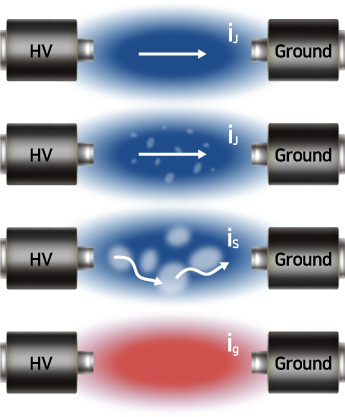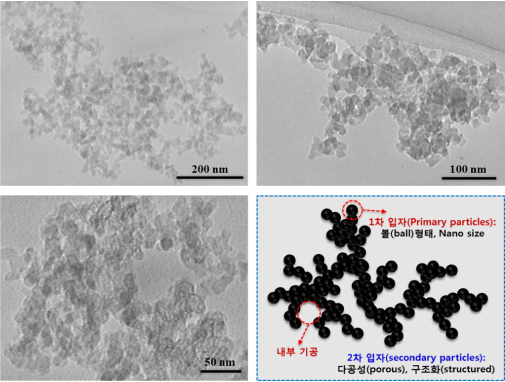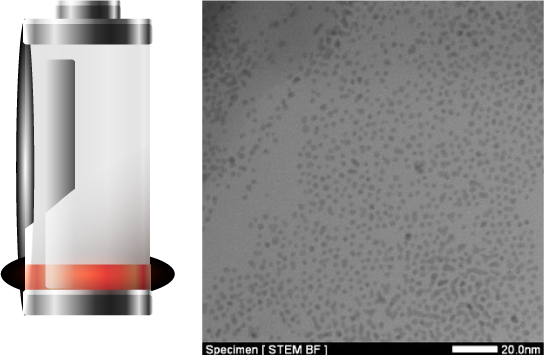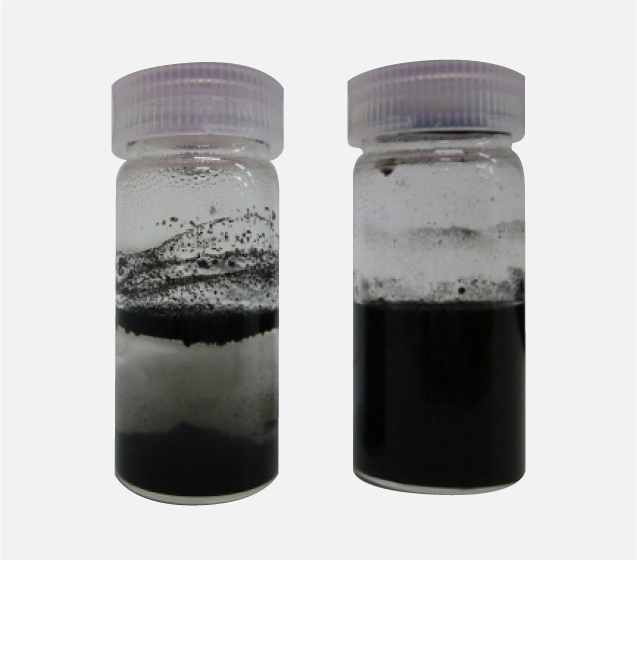Technology
TMI-Zero Method
(Transition Metal Impurities)

-
The world’s first
Non-purification process -
The world’s first
First zero ppm of catalyst impurity -
Low Temperature Process
(under 600°C) -
Low-Cost Eco-Friendly Process
The world’s first
Non-purification process
-

Transition metal catalysts such as Fe, Co, Ni and Mo are not used in the Prione Process
-

No more intellectual property right necessary
for the catalyst purification
-

A high temperature reactor using halogen gas
is not required for catalyst purification
for non-purification process -

Environmental cost is not incurred as high
concentration of acid treatment is not required.
-

No chemical and structural damage in the synthesized CNT as no purification is performed.
The world’s first
Zero ppm of catalyst impurity
-

Contents of impurity from the catalyst is 0 ppm
as the transition metal catalyst -

The special catalyst of the Prione can be
removed to 0 ppm during the process -

When used as a conductive material for a battery, the Prione special catalyst greatly contributes to the improvement of battery performance
Under 600°C
Low Temperature Process
-

The advantage of the low temperature process is
the low cost as it consumes low power -

It is possible to produce uniform quality as the temperature gradient difference of the reaction zone is not large.
-

When doping hetero atom such as nitrogen, the low temperature process would make it possible to prepare a high functional CNT by increasing the doping amount larger than the high temperature process.
Low-Cost Eco-Friendly Process
-

The Prione catalyst is very affordable with a precursor price of 1/20 (based on Sigma Aldrich) compared to Ferrocene, a general CNT catalyst.
-

There is no need for additional expensive chemicals such as Thiophene used in the existing CNT process, and only the Prione catalysts and carbon precursors are required.
-

Also, very low-cost carbon precursors are used to significantly reduce overall production costs while consuming less production power as the reaction temperature is also much lower than general CNT synthesis temperature.
-

No purification cost is incurred as the purification process is left out, and thus environmental cost is not incurred as well.
PLP
(Plasma in Liquid Process)

-
Plasma Generated in the Solution
-
Simple Device Configuration
-
Synthesis of Nano-materials through Decomposition and Recombination of Solutions, Electrode Materials
-
Platform Process
Plasma Generated
in the Solution
Plasma generation in the solution at room temperature and atmospheric pressure
Simple Device Configuration
Only constituted with power supply, electrode, solution and reactor

Synthesis of Nano-materials through Decomposition
and Recombination of Solutions, Electrode Materials
Synthesis of various nano-materials through decomposition
and recombination of electrode wires required to
generate all solvents, solutes and plasms
-
ex. Synthesis of platinum nanoparticles by reducing platinum ions dissolved in the solution into the hydrogen radicals generated in plasma
-
ex. Synthesis of carbon nano-materials through decomposition and recombination of organic solvents
-
ex. Easy synthesis of metal nanoparticles by sputtering of electrode wires
Platform Process
Platform process that can synthesize various materials with one PLP process

